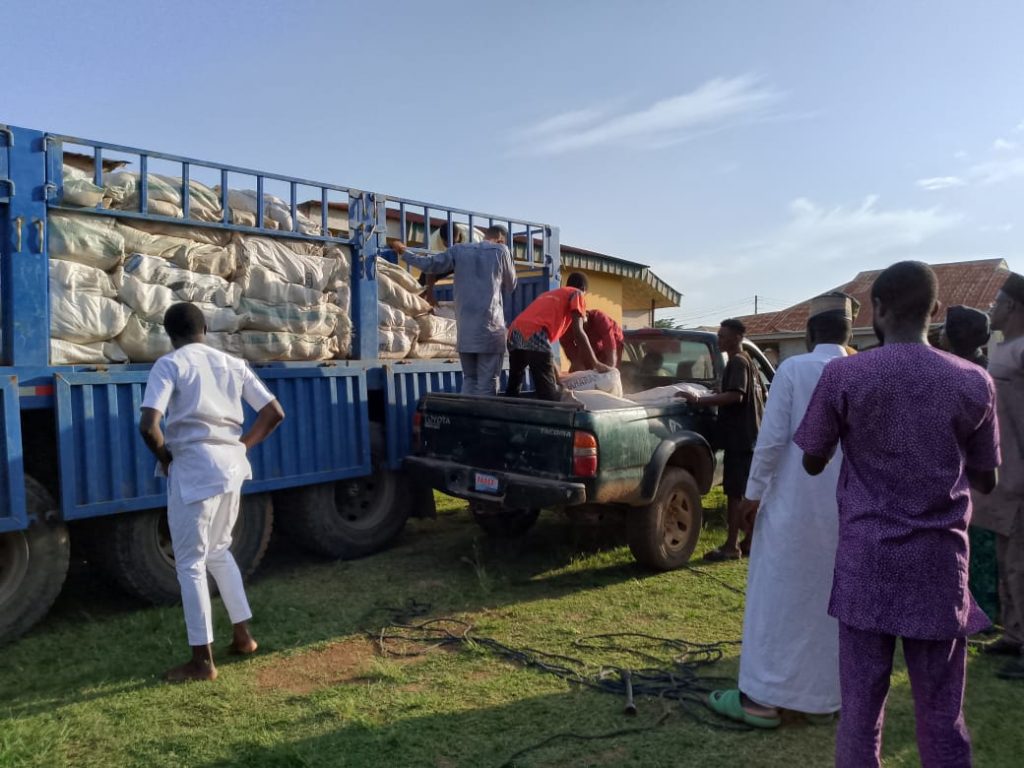The roles of midwives in the reduction
of maternal morbidity and mortality in Nigeria
By Olorunwa Folakemi Abiodun
|
Maternal mortality is the death of a woman while pregnant. Unicef says that Maternal Mortality Rate (MMR) is 576 per 100,000 live births. Maternal mortality is a tragedy and a matter of significant public health concern.
It is majorly caused by hemorrhage, difficult labour and hypertension. To worsen matters, Nigerian economy is negatively impacted simultaneously by insecurity (Awasthi, 2021). However, Skilled birth attendance and quick referral will reduce MMR.
Maternal mortality is the deaths of female from any cause related to or aggravated by pregnancy or its management. Globally, 830 women died daily from preventable difficulties of pregnancy and delivery. According to WHO 2023 a woman dies during pregnancy and childbirth every two minutes. Poor nation accounted for 99% of maternal mortality worldwide.
Globally, Nigeria ranked second in maternal death. In 2020, with a death rate of 1047/100,000 live births (UNICEF, 2021).
A Nigerian woman’s chance of dying during pregnancy/puerperium is 1 in 22. High rates of maternal and neonatal death are found mostly in rural areas. Four types of maternal delays are responsible for high rate of maternal and newborn death.
Therefore, Midwives have critical roles to play in the care and prevention of maternal illness and death and any gap in the management of obstetric emergencies must be identified and addressed.
WHO Key Facts on Maternal Mortality
A maternal death occur during pregnancy or within six weeks of the end of her pregnancy. In 2020, about 800 women died daily from pregnancy-related disorders and delivery.
Statistics reveal that Nigeria is responsible for over 34% of all maternal deaths worldwide.
Nigeria can save lives, promote health and well-being of women including adolescents with rapid action because by 2030, the worldwide MMR is expected to be fewer than 70 /100,000 live births. If care is not taken, 1 million more women’ lives would be at risk if worldwide SDG targets are unmet by 2030.
GLOBAL, REGIONAL & NATIONAL BURDEN OF MATERNAL MORTALITY
Worldwide maternal mortality ratio decreased by 34% between 2000 and 2020. Currently, it is extremely high in Chad, Nigeria, South Sudan and Togo. Globally, 287,000 maternal deaths occurred daily in 2020 and it reduced by 38%, from 342 to 211 per 100,000 live (UNICEF ,2021).
830 maternal deaths occurred in Sub-Saharan Africa daily and 180 in Southern Asia. Pregnancy and childbirth problems cause around 265,000 maternal death annually.
Sub-Saharan Africa accounted for 1,208,000 neonatal and 3,192,000 under-five deaths yearly .Out of 195 nations in the globe today, Nigeria, is the second-largest contributor to maternal deaths
Nigeria is ranked after India as the worst maternal incidence rate in Africa.
Rural areas accounted for 94% of maternal death (Who, 2019). Annually, 59,000 maternal mortality occurred in Nigeria. Nigeria has the worst maternal incidence rate in Africa.
Its MMR is 814 per 100,000 live births with highest prevalence of 1549 /100,000 live birth in the North-East (UNICEF, 2021).
MAJOR CAUSES OF MATERNAL MORBIDITY & MORTALITY
Globally, postpartum hemorrhage results into over 14 million morbidity and 70,000 mortality yearly. Sepsis accounted for 11 women per 1000 live births with severe maternal outcome.
Also, 25.1 million of unsafe abortions are performed annually which results into 125,000 deaths.
Eclampsia results into over 50,000 maternal deaths annually. Obstructed Labour is a significant cause of fetal/maternal deaths and morbidity.
Triggers of high maternal mortality include harmful cultural beliefs and practices, low level of education, Intimate Partner violence, Poverty/ Poor socio-economic condition, Insecurity and Scarce Resources, unreliable ambulance, lack of well-trained healthcare professionals and proper infrastructure.
Global strategies that fights maternal deaths and morbidity are enhancing emergency referral procedures for obstetrics, access to emergency obstetric care, global/collaboration recognition of frontline workers and responding with a focus on the nations where women are most at risk.
The following regional strategies will tackle maternal deaths and morbidity;
Establishment of a 34-member Task Force, provision of high-quality care for expectant mothers and newborns, establishment of maternity waiting rooms and community-based birth huts, Increased access to skilled birth attendance in primary health care facilities including human rights-based principles in the law and creation of a functioning critical care unit.
ZERO maternal mortality by the year 2030.
National strategies that reduce maternal deaths and morbidity are delay in making a decision to seek care (Primary Phase) strategy, delay in accessing care strategy(secondary phase, delay in receiving appropriate care on arrival (Tertiary Phase) strategy, delay in referral(Quartenary Phase) strategy, managing an obstetric emergency in the neighborhood and provision of a well-equipped labour room.
Organisations working to improve maternal health outcomes are Every Newborn Action Plan (ENAP) and Ending Preventable Maternal Mortality (EPMMT). Others are Women’s Wellness Model of Care Healthcare, Global Organization for Maternal and Child Health (Go-MCH) Maternal Mortality Review Committees (MMRCs Maternal and Newborn Health Thematic Fund (MHTF).
ROLE OF MIDWIVES IN REDUCING MATERNAL MORBIDITY & MORTALITY
Midwives knowledge and skills reduce maternal complications as they are seen as key players in antenatal care. They handle all stages of labor using a range of strategies. This improves early investigations and identifications of risk. thereby maintaining optimal hemoglobin levels throughout the antenatal period and avoiding obstetrics emergencies through education from the antenatal Clinic.
Nurse ratio of 1:160 patients, has negative consequences for nurses’ practice. Nurses’ practices should be reviewed on a regular basis because doing so will assist in developing abilities and nursing practice.
To be more effective, midwives in remote areas must be culturally competent, given access to sufficient resources, and engaged in ongoing educational studies and optimal birth timing
Conclusion
Maternal deaths is a disaster for her immediate family and an economic loss for society as a whole. Sadly, on a global scale, Nigeria ranked second in maternal mortality, with a death rate of 1047 per 100,000 live births in 2020. Nearly 300,000 mothers could be saved yearly if midwives have access to enough resources, are culturally competent and regularly pursue new learning.
RECOMMENDATIONS
In addressing health care needs and improving the issue of maternal mortality, funds should be available and spent on healthcare delivery at all cost.
Government should change the distribution of power and resources that perpetuates societal imbalances, increase maternal health and end poverty.










